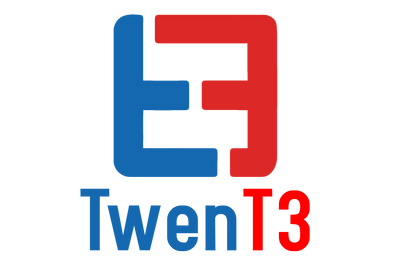Q: I'm having trouble placing an order on your website, how can this issue be fixed
A: Please try the following methods:
1) Refresh your website browser by pressing F5 and see if that works.
2) Close the page completely and then reopen it and try again.
3) Check the size of the files or images you are trying to upload, please make sure your files and images do not exceed 5mb.
Q: Is it possible to use my flat 2d photo to create 3d lenticular print.
A: Yes it is, you can use almost any 2d photo and we will give it that 3d effect appearance. We use software to create the illusion of 3d depth.
Q: Is there a recommended viewing distance for your lenticular images.
A: Yes there are recommended viewing distances for lenticular images.
In order to get the best viewing quality out of our images we recommend these viewing distances:
- 30 lpi, Flip, Animation, Morph, Zoom, some 3D, recommended viewing distance - 0.9 to 4.5 (m) or 3 to 15 (ft)
- 40 lpi Ideal for 3D, Reasonable for Flip and Animation (fast), recommended viewing distance - 0.9 to 4.5 (m) or 3 to 15 (ft)
- 60 lpi Ideal for 3D, recommended viewing distance - 0.3 to3 (m) or 1 to 10 (ft) or more
- 62 lpi Ideal for 3D, recommended viewing distance 0.3 – 1.5 (m) 1-5(ft)
- 75 lpi Ideal for Flip, Animation, Morph, Zoom, Reasonable for 3D recommended viewing distance 0.2 – 1 (m) 0.65-3.3(ft)
Q: What lenticular lenses do you use when making your images.
A We use the following lens 30, 40, 50, 60 ,62 and 75 and 100 lpi lense. All lenses are used for different applications
Q: What is a lenticular lense.
A: A lenticular lense is an array of cylinder lenses that act like magnifying lenses, the lens are manufactured out of substrate material.
Q: Can you use any 2D photo to make a Morphing, Animation, 3D, Flip effect lenticular image.
A: NO not all images are suitable for Morphing, Animation, 3D, Flip effect lenticular please CLICK to see suitable types of images.
Q: What is a lenticular print.
A: A lenticular print generally incorporates special visual effects that can be viewed using the lenticular lenses (without 3d glasses) These effects can include the illusion of depth and movement within the lenticular image that change or move when viewed from different angles.
Q: How is the digital file made to produce the lenticular effects.
A: Generally speaking at least two images are required to produce a lenticular effect using special software. In the case of a 2 image flip strips of information from each of the two images are combined or interlaced to make up a single digital file.
Q: Why do i get speckles on my lenticular print?
A: This is a question we cannot fully answerand unfortunately this happens from time to time and is something we have absolutely no control over. We've found that It seems to be just happen randomly when printing, don't fear though as this has no effect on the overall quality of the prints and they are definitely still suitable to use.
Q: How is lenticular printing different from normal printing.
A: Just about every part of producing lenticular images is difficult and requires a greater degree of precision than is involved in conventional printing. The creative phase of producing the lenticular digital file usually involves dealing with many images that may ultimately be combined to create the final artwork. A greater deal of precision is required when laminating the printed piece to the lenticular lense because both elements must be exactly aligned in order to properly reproduce the lenticular effect.
Q: Why are lenticular prints more expensive than conventional prints.
A: Lenticular printing is more technically demanding than conventional printing and requires a higher degree of precision in every stage of production. The lenticular lens is a precision optical piece of substrate material that adds considerably to the cost of the final production. Laminating the print to the lenticular lense also contributes an additional costly step in production as there is a large volume of waste, usually costing much more than conventional printing waste, that we have to account for after production.
Q: Are there any subjects that appear to be more effective when viewed in 3d.
A: We have identified that cars and motorbikes, people, animals, food, and objects as subjects that seem to affect viewers positively when viewed in 3d. Portraits in 3d are very popular and people are often surprised to see how much 3d depth lenticular prints produce.
Q: What resolution images should i use for best printing results.
A: We suggest using 300 dpi resolution images or above to prevent pixelation in the final lentiuclar print
Q: Do you sell your lenticular products in bulk for discounted prices?
A: Yes we do produce lenticular products in bulk for discounted prices, just let us know how many units you require and we can provide you with a discounted price if applicable.
If there are any questions you would like answered but we forgot to add above please contact us and we will be glad to answer any question you may have regarding our lenticular products and services.
Q. Do you produce custom prints?
A. Yes, we can produce lenticular prints of any size but all custom size prints will require a custom size dye cutter which is a one time purchase and once bought is yours to use for all future cuts of the same size.
NOTE: We strongly recommend that you add a 2-mm bleed to your artwork. Please be advised, once the custom die cutter has been purchased, this item is non-refundable.
